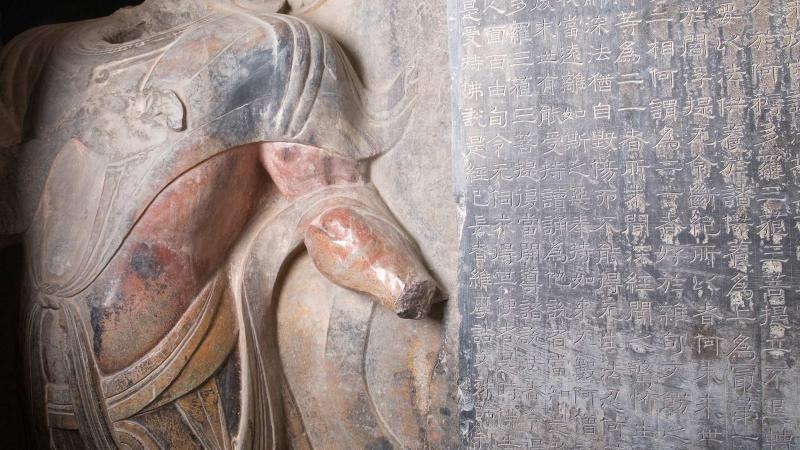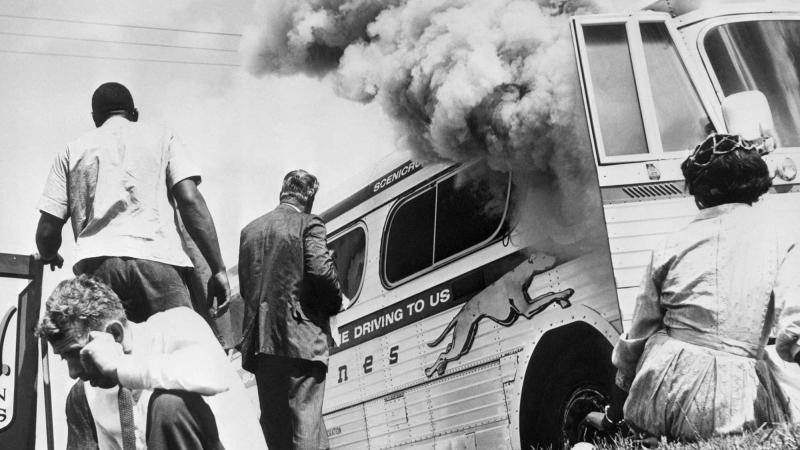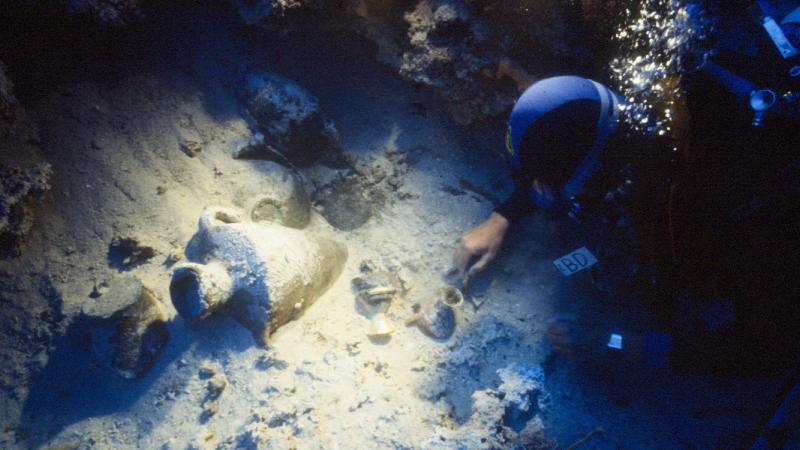At Johns Hopkins University, an unlikely medical team changed cardiac surgery forever.
The University’s newly appointed head of surgery in 1944, Alfred Blalock, came from an aristocratic Georgian family and considered “the impossible” a personal challenge. His surgical technician, Vivien Thomas, was an African American with a high school education and the ability to translate Blalock’s revolutionary ideas into elegant surgical procedures.
When Blalock came to Johns Hopkins from Vanderbilt, he insisted that Thomas come with him. Although Thomas’s work was in surgery, he could only be hired at Hopkins in the position of janitor. Jim Crow laws and social convention prevented the two from eating at the same lunch table or walking through the same entrance at work, but they were equals in the lab.
Blalock and Thomas’s partnership “defied every stereotype of its time and place,” says Spark Media’s Andrea Kalin, writer and producer of Partners of the Heart, a documentary about Blalock and Thomas’s partnership supported by $813,727 in NEH grants. It won the 2010 Gold TIVA Peer Award for Best Documentary Classic, the Erik Barnouw Award for Best History Documentary, and the Houston International Film Festival’s Gold Special Jury Award. It inspired the award-winning HBO feature film Something the Lord Made, starring Alan Rickman and Mos Def, and prompted the reprinting of Thomas’s autobiography.
Before arriving at Hopkins, Thomas and Blalock had already worked together for years to explain the medical mystery of shock: a loss of fluids that could be treated with blood and plasma transfusions. Pediatric cardiologist Helen Taussig challenged the men to save her “blue babies,” children born with a heart defect that deprived their lungs of oxygen-rich blood causing their skin to appear pale blue.
Cardiac surgery was considered impossible, but Blalock and Thomas devised a way to send blood past the deformed portion of the heart to the lungs. As Blalock focused on teaching and administrative duties, Thomas created and refined the procedure. When the techniques and tools he needed didn’t exist, Thomas invented them.
Blalock only practiced the surgery once—on a dog—before he was called to operate on critically ill, fifteen-month-old Eileen Saxon on November 29, 1944. As Blalock worked on her heart’s matchstick-sized arteries, Thomas stood behind him on a stepstool, directing every move.
When he removed the clamps, Eileen turned pink for the first time in her life. The procedure succeeded, and the field of modern cardiac surgery began.
By the time Blalock retired in 1964, he and the ever-present Thomas saved thousands of blue babies. But outside Hopkins, Thomas received no recognition for his role. Blalock appeared on magazine covers and lectured in Europe while Thomas continued to work in silent obscurity, training others in his style of surgery.
Thomas’s students performed the first heart transplant in the United States, the first bloodless open heart surgery, and implanted the first automatic heart defibrillator. Thomas also had the satisfaction of mentoring Hopkins’s first generation of African-American medical students. In 1976, he was finally recognized by Hopkins, receiving an honorary doctorate and the title of instructor of surgery. In the fall of 2004, the Vivien T. Thomas Medical Arts Academy opened in Baltimore, dedicated to preparing high school students for careers in health and science.
Kalin, the documentary’s producer, says Thomas and Blalock’s partnership “showed us how we can transcend barriers and racial differences . . . and also serves as this ongoing reminder of how we achieve so much more when we work beyond our differences and go beyond the barriers that divide us.”
Written by Victoria Cooney, a writer in St. Paul, Minnesota.


